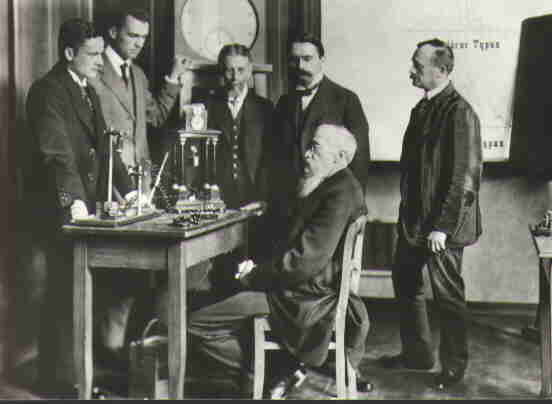Professional organizations for marriage and family therapists set ethical and legal standards, advocate for the MFT at state and federal levels, and provide the basic guidelines for practicing marriage and family therapy within a safe and reasonably effective manner. Generally, the intention is to “do no harm”, of course.
There has been a demand by the general population and insurance companies to shorten the process of counseling, whether it be family counseling, couples therapy, or individual therapy. This has put pressure on AAMFT, American Association of Marriage and Family Therapists and the state organizations, such as, CAMFT, California Association of Marriage and Family Therapists, or MADMFT, Mid Atlantic Division of Marriage and Family Therapists to provide therapies that get people back out on the road in a short time. Generally, as people, we want faster results. Who doesn’t want to get feeling better faster for a lower cost?
Short term therapy and long term therapy
The conflict over short term therapy and long term therapy has always been around. They each have their purpose. When a person is ready for a more in-depth look at their life and finds the right psychotherapist to help them with that, then that’s the way to go.
Integrating the work into our own lives as therapists
Generally, the required education for a psychologist, marriage and family therapist, or clinical social worker is just a starting place. Then, as our experience grows with supervision and personal therapy, we gradually integrate what we’ve learned through being a therapist into our personal life. Practicing as a psychotherapist puts us on the hot seat when it comes to self reflection and practicing what we preach.
For example, the position of marriage counselor has one of the biggest challenges for a therapist. It pushes us as therapists to see our shadow in our own marriage and relationships. We can observe and work with the continual emotional play of projections with our partners, disentangling our own responsibility from the other.
Given the cultural and familial context I grew up in:
“Of course we don’t feel seen and heard”, or “Of course we don’t feel appreciated one more time”. As therapists, we are working on the same fundamental problems as our clients. Yes, it is that cliché and that unconscious. Marriage is the prime opportunity for therapists to differentiate the family and cultural complexes and stand on our own two feet, little by little.
Finding a therapist
One problem I see with these professional organizations, such as, AAMFT and CAMFT, is they do not have a good, therapist finder. I would suggest looking into Psychology Today http://therapists.psychologytoday.com/rms/ and goodtherapy.org http://www.goodtherapy.org They have a very good presentation of each therapist’s attitude about therapy, experience, and a picture, which gives a good place to start when looking for a new therapist.
A Hope
All in all, I hope the profession of marriage and family therapy does not get too caught up in the conventional view of people as biological computers to just tweak the software, give ’em some drugs and get ’em back out there on the road. Remember, we are souls doing our best in a world where rationality has been given too much value and heart to heart connection takes too much time.

